Maturity
A few hours after Leopold’s departure the National Assembly appointed a provisional government from the town hall of Florence. On 22 March 1860 Tuscany was united with the Kingdom of Sardinia. The first assembly of the Italian Parliament took place on 18 February 1861 and on March 17, Vittorio Emanuele II was declared the first king of Italy. In 1865 Florence succeeds Turin as the capital of the new Italian kingdom.

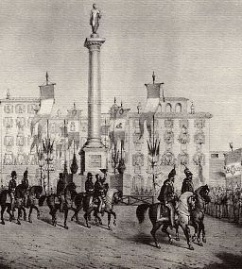
The elevation of Florence as the Italian capital although short-lived (in 1871 Rome became the Italian capital) would change the face of the city forever. An unprecedented spending spree that intended to rise the city’s status and resolve some chronic functional inadequacies brought enthusiasm to the Florentines and triggered a series of multilayered effects in the economic, social, and architectural environment.
The transfer of the capital meant that several about 25.000 to 30.000 officials, public servants, etc. would move to a city that on the eve of the transfer had a population of 120.000. The shortage of housing created an immediate increase in rents which in their turn created hundreds of homeless families of people unable to cope with the high expenses of housing. Some of the families were temporarily placed in convents, others in prefabricated houses made of iron and wood that were purchased from the City.
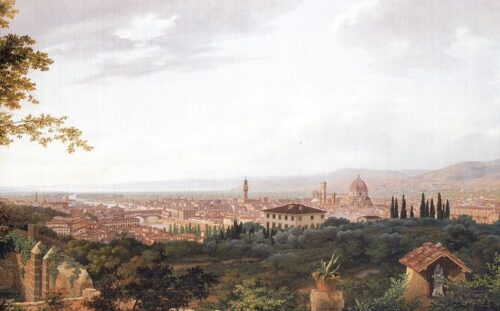
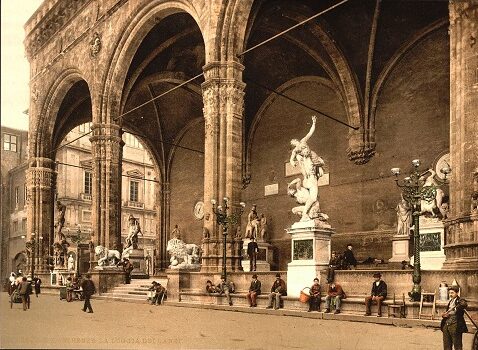
An urgent plan of adaptation and expansion was entrusted to the architect Giuseppe Poggi (1811-1911). Works began in May of 1865. For five years the whole city became a giant construction site. The medieval walls that enclosed the city were torn down to make way for a series of boulevards in the style of Paris. The ancient gates were mostly spared and framed with new large squares that became the link between the old town and the new neighborhoods.
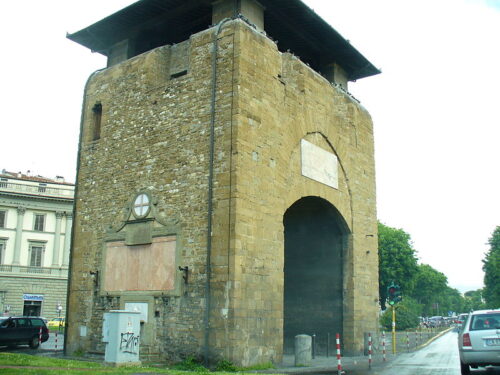

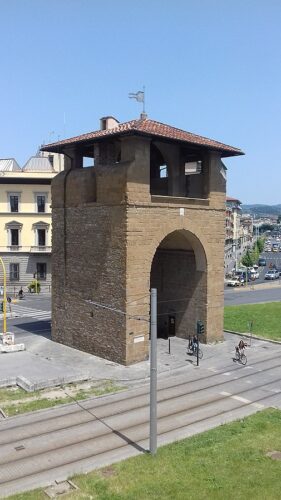
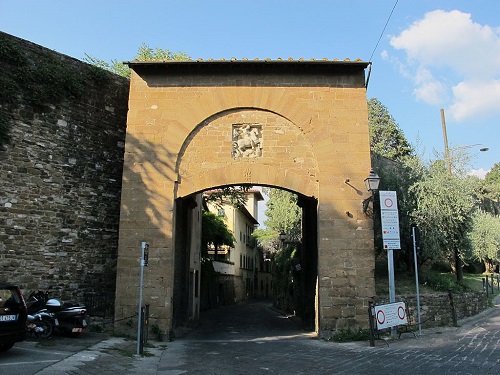
The avenue Viale dei Colli that runs through the hills that surround the central district of Oltrarno was created and was crowned by the new Piazzale Michelangelo, a magnificent panoramic terrace overlooking Florence, with a central copy of the statue of Michelangelo’s David. At the same time, a plan for the construction of a monumental square in the area of the Old Market (Piazza Della Repubblica) is laid out in 1869 but is soon put on hold due to the transfer of the capital to Rome in 1871.
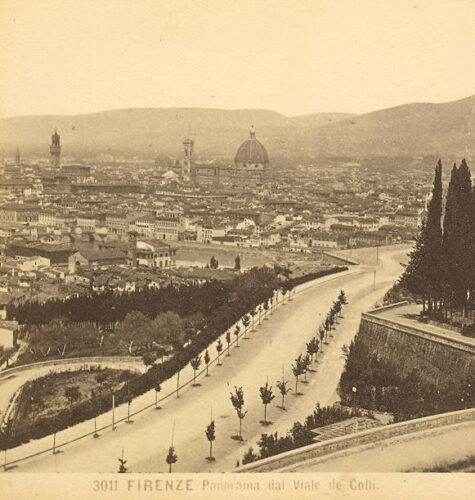
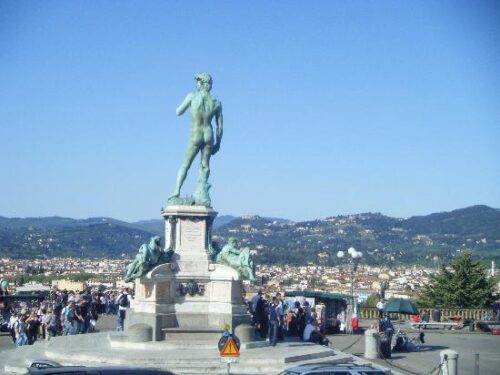
At the time of the transfer of the Italian capital to Rome (1871), the population of the city had reached 167.000 people. Despite the initial shock and the postponement of many construction projects, including that of Piazza Della Republica the population continued rising. By the time the Piazza Della Repubblica had taken its final shape in 1890 the population had reached 200.000 people.
The monumental square was inaugurated with the equestrian statue of Vittorio Emanuele II, later placed in Piazzale delle Cascine. For the formation of the square, dozens of slums and dilapidated buildings in poor condition had to be evacuated and the properties expropriated, to make way for the great palaces, porches, the triumphal arch, and the big space of Piazza Vittorio Emanuele II, today’s Piazza Della Repubblica.

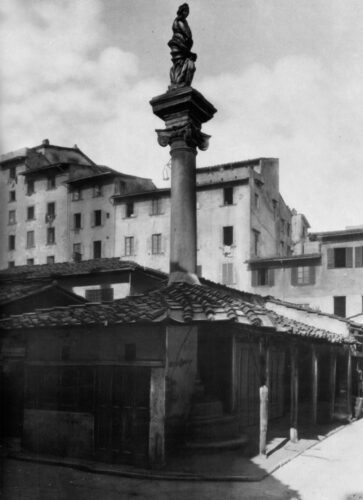
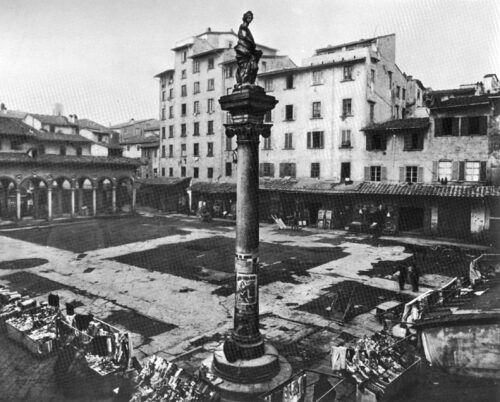
The population continued to rise rapidly during the 20th century. When WWI broke out and although the Italian front in World War I was at safe distance from the city the conflict had a profound effect on it, with many young Florentines dying in battle during the winter of 1917 and the shortages of supplies, combined with the harshness of that winter creating a gloomy atmosphere not seen in centuries.
After the end of the war, the reconstruction project focused on the creation of an industrial zone in the northern part of the city. The industrial development of the city brought with it the birth of numerous associations of workers, who would form the basis of a long-lasting tradition of support for the left that still stands in the political life of Florence to this day.
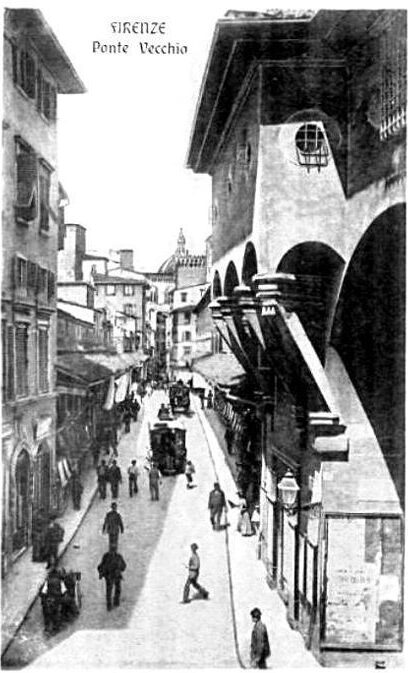
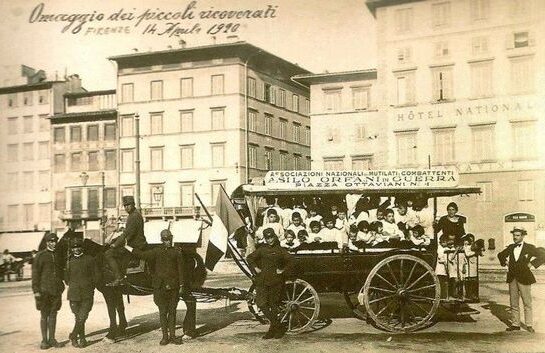
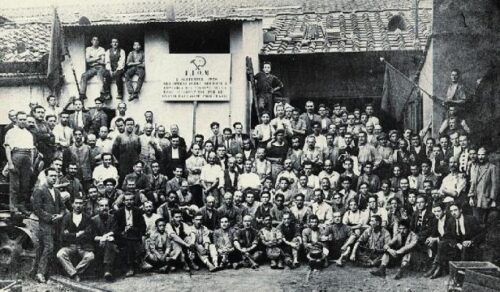
In 1922 a young graduate of law from the University of Florence and a student of Political Science in Rome named Alessandro Pavolini led a group of fascist black shirts during the 1922 March on Rome when Benito Mussolini took over the control of the Italian government. In 1929 he became the leader of the party in Florence and one of the key figures of the party after Mussolini, responsible for the Ministry of Popular Culture, in essence, the Ministry of Propaganda of the fascist party.
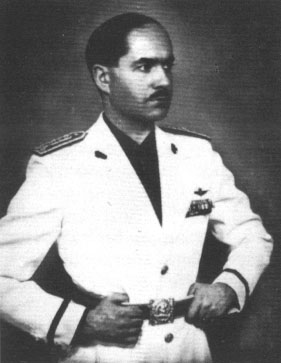

On 9 May 1938, the two fascist leaders of Europe, Benito Mussolini, and Adolf Hitler met at Santa Maria Novella Station for a third time in only a few days, during Hitler’s last stop of his Italian tour. A convoy of about 20 cars drove through flower and flag-festooned streets, from the Shrine of the Fascist Martyrs, (next to the Basilica of Santa Croce) to the Piazzale Michelangelo and the Boboli Gardens, where a series of historical games and a tournament with costumed participants from Florence, Pisa, and Arezzo took place.
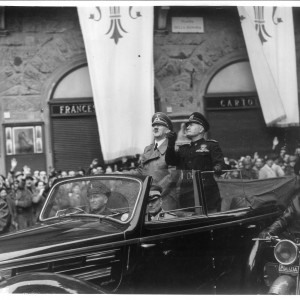
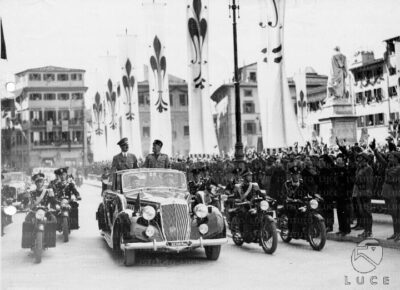

During his younger years, Hitler had been an aspiring student of painting and architecture but he had been rejected by the Vienna Academy of Fine Arts. Nevertheless, his interest endured. During his visit to Florence, he spent more than two hours studying the works of art in Pitti Palace, Vasari Corridor, and Uffizi Gallery. It was that visit that inspired him the creation of an extraordinary museum the Führermuseum, that would contain some of the world’s most important art.
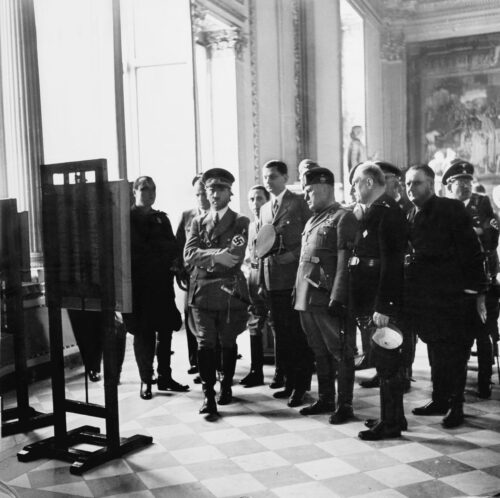

The Allied invasion of Sicily and the Fall of Mussolini brought the German Nazis to Italy. A new fascist puppet state, the Northern Italian Social Republic was created and Mussolini with Pavolini was once again at its head. In July 1944 the Allies were ready to invade Tuscany and liberate Florence. A few days later dozens of open trucks loaded with some of the most important Florentine treasures started to depart Florence for an unknown Italian destination.
Right before their retreat, in a failed attempt to delay the Allies, the Germans decided to destroy all the bridges of Florence except the Ponte Vecchio which was spared, at the expense of the medieval buildings and towers on both of its ends that were demolished to block passage. The Allies entered Florence on August 4, 1944, and the last pockets of German resistance gave up the hills around the city until the beginning of September.
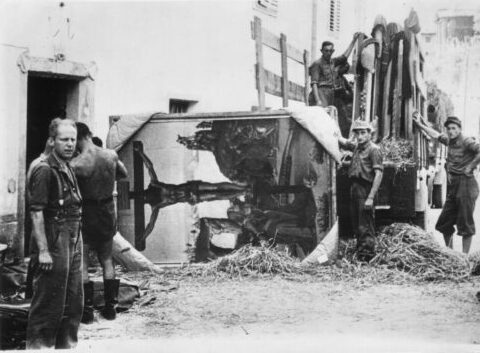

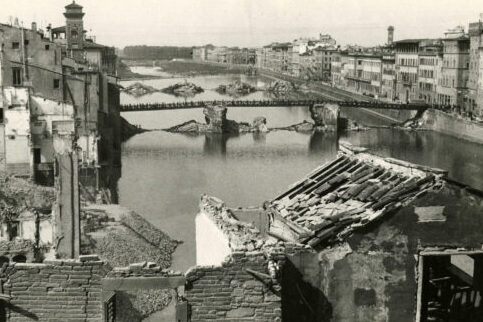
With the help of the famous after the 2014 Hollywood movie The Monuments Men, the locations of the missing Florentine masterpieces were discovered and on July 1945 the first truck of the retrieved Florentine treasures reached the front gate of Palazzo Vecchio amidst a crowd of hundreds cheering Florentine citizens.
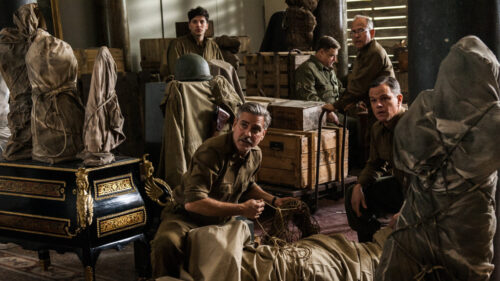

The reconstruction of the city after WWII started with the destroyed bridges that were all rebuilt in a few years. The Florentine political life was dominated by the figure of Giorgio La Pira, mayor of the city from 1951 to 1958 and 1961 to 1965. A devout Catholic and a socialist La Pira focused on the recovery of the city’s neighborhoods as self-sufficient little islands that continue to thrive to this day. He also took an active role in job creation, expanded the water and waste systems, and improved the public transportation system.
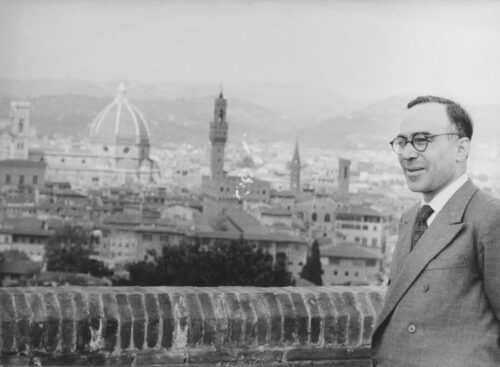
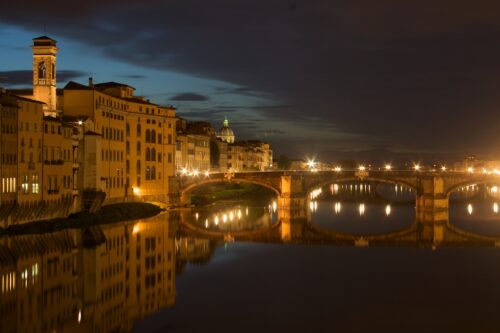
In the 1980’s the historic center of Florence was designated a UNESCO World Heritage Site as a unique social and urban achievement, the result of persistent and long-lasting creativity, which includes museums, churches, buildings, and artworks of immeasurable worth. The rest of the city continued to expand with its population reaching 400,000 people in the early 1990s.
In 2004 Matteo Renzi, born in Florence in 1975, graduated from the University of Florence with a degree in law in 1999 and member of the centrist Italian People’s Party since 1996, becomes the President of the Province of Florence. In 2009 he is elected Mayor of Florence until 2014. At that time, he won widespread praise for his promotion of the city and his handling of a substantial pedestrianization plan. His successful term helped Renzi become the Prime Minister of Italy from February 2014 until December 2016.
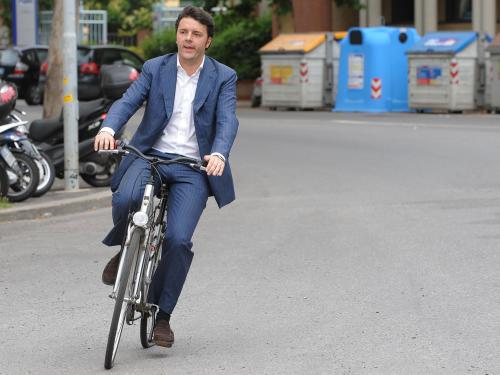
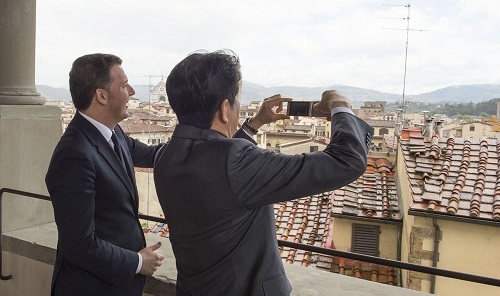
Today Florence emits the same worldwide and timeless appeal it has always enjoyed. It is and forever will be the cradle of the Renaissance and one of the most important cultural capitals of the world. With a tourism industry that totaled some €2.5 billion in 2015 and a province that receives more than 13 million visitors per year, a positive agricultural output, and a fashion industry of world-renowned brands like Roberto Cavalli and Gucci, the future seems to be as bright as the city’s glorious past.


